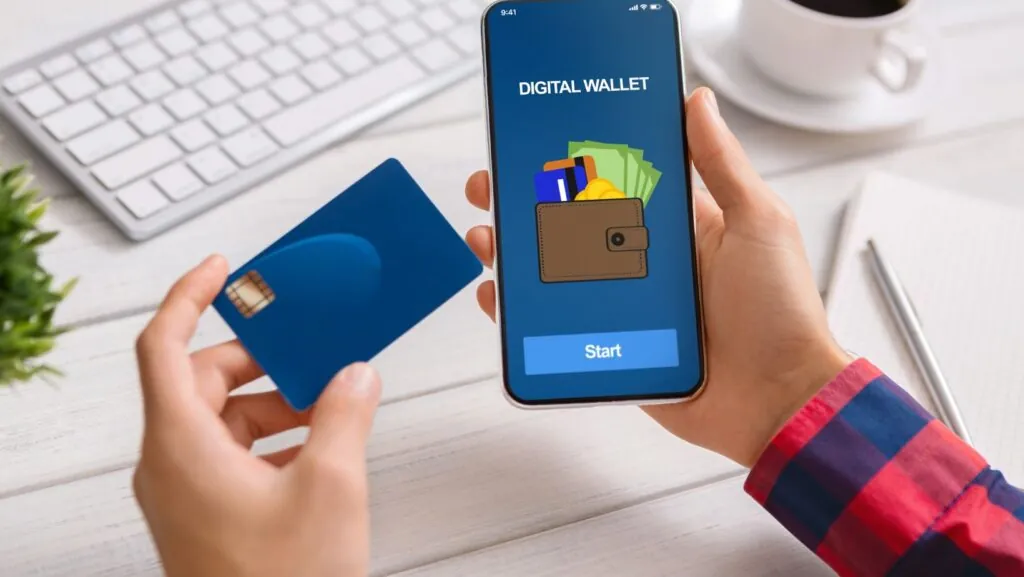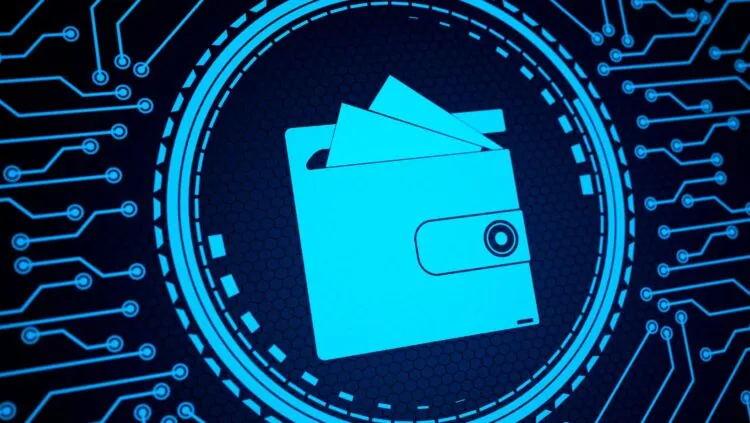In today’s fast-paced digital economy, carrying physical cash is becoming less necessary. Instead, people are increasingly turning to digital wallets, secure, convenient, and multifunctional tools that enable financial transactions with just a tap or a click. But what exactly is a digital wallet, and how can you make the most of one?
Understanding the Basics of Digital Wallets
A digital wallet is an application that allows users to safely store their payment details, such as card information and login credentials, enabling quick and secure transactions across various platforms. These wallets can hold multiple forms of digital assets: debit cards, credit cards, coupons, loyalty programs, and even cryptocurrencies.
There are two main types of digital wallets: closed and open. Closed wallets are typically issued by companies for purchasing goods or services directly from them, while open wallets are linked to traditional banking systems and can be used widely across retailers. Most smartphones today come with built-in digital wallets, such as Apple Pay, Google Wallet, or Samsung Pay, which integrate smoothly with biometric security for extra safety.
Security is a cornerstone of digital wallet adoption. These tools leverage advanced encryption, tokenization, and authentication features to protect financial data. With fingerprint or facial recognition and transaction alerts, users are notified in real-time of activity, reducing the risk of unauthorized access or fraud.
How Digital Wallets Work in Daily Life
Using a digital wallet is straightforward. First, a user downloads an app or uses the built-in wallet on their device. After linking their bank accounts or card details, the wallet encrypts the information and stores it securely. When making a purchase, the user simply selects their wallet at checkout, authorizes the payment (often via biometric ID), and the transaction is complete in seconds.
Digital wallets aren’t limited to retail or grocery shopping. They’re increasingly accepted in areas like public transportation, peer-to-peer transfers, and subscription services. For instance, splitting a restaurant bill has never been easier, apps like Cash App or Venmo allow users to send and receive money instantly, avoiding the hassle of handling change or writing down account numbers.
Expanding Use Cases: Crypto and Specialized Industries
One of the most transformative aspects of digital wallets today is their ability to store and manage cryptocurrencies. With the rise of Bitcoin, Ethereum, and other digital currencies, more wallets now offer features that go beyond fiat money. Users can buy, hold, and transfer crypto directly from their mobile devices without needing a separate exchange or broker.
This evolution has fueled growth in various industries that benefit from privacy-focused, instant, and borderless transactions. A notable example is the online gaming sector, where crypto payments offer fast withdrawals, enhanced user anonymity, and access to platforms beyond traditional banking systems.
As a result, a growing number of online casinos now accept cryptocurrency as a payment method. These platforms cater to users seeking quicker transactions, better privacy, and often fewer geographic restrictions. For those looking to compare and evaluate options, review websites dedicated to listing the most reputable casinos in Canada accepting crypto have become valuable resources.

These platforms help users identify trusted crypto-friendly casinos, assess features like bonuses and security measures, and make informed decisions within this rapidly evolving space. Beyond gaming, crypto-enabled digital wallets are also facilitating international remittances, decentralized finance applications, and donations to global causes — all with lower fees and fewer regulatory hurdles than conventional systems.
Key Benefits and Potential Drawbacks
The convenience of a digital wallet can’t be overstated. No more fumbling through your purse or wallet for a credit card. No more worrying about losing cash. Whether you’re shopping in-store, online, or sending money across the globe, digital wallets make it seamless.
Another benefit is budget management. Many wallets offer detailed spending summaries and customizable alerts, making it easier for users to track purchases and stay within their financial goals.
Getting Started: Choosing and Using a Digital Wallet Safely
If you’re ready to get started, the first step is choosing the right digital wallet. Consider your needs: Do you plan to use it for contactless in-store payments, online subscriptions, or managing crypto? Popular wallets like Apple Pay and Google Wallet are excellent for general use, while Coinbase Wallet or MetaMask are tailored to cryptocurrency users.
Next, download the app from a trusted source (such as the official app store), link your financial accounts, and set up strong authentication methods. Avoid reusing passwords and enable two-factor authentication whenever possible.










